The Prey of Many

By Paul Wait
Michael Johnson monitors more trail cameras than even the most antler-obsessed, deer-hunting fanatic would ever dream of using.
 But the University of Minnesota master’s degree candidate isn’t trying to kill a record-book whitetail, and he’s not working for a guide service, either. Instead, Johnson has spent the past two summers wading through cattails collecting memory chips and changing batteries in a mind-boggling fleet of 75 trail cameras that have been mounted on poles to monitor nesting ducks. His research has involved remote-camera observation of more than 150 duck nests, and he’s collected 800,000 images. That’s no typo: Johnson has 800,000 pictures!
But the University of Minnesota master’s degree candidate isn’t trying to kill a record-book whitetail, and he’s not working for a guide service, either. Instead, Johnson has spent the past two summers wading through cattails collecting memory chips and changing batteries in a mind-boggling fleet of 75 trail cameras that have been mounted on poles to monitor nesting ducks. His research has involved remote-camera observation of more than 150 duck nests, and he’s collected 800,000 images. That’s no typo: Johnson has 800,000 pictures!
So what have all of those snapshots revealed?
That being a canvasback hen incubating a nest in southwest Manitoba is a tough task. That raccoons and mink want to devour your eggs and will kill you for them. That hawks, ravens and crows will swoop in to scramble your eggs, and your brains, too. That red foxes and coyotes will swim out to raid your nest and chomp your feathers if you linger. That coots and redheads will relentlessly harass you, and as soon as you get off of your eggs, they’ll roll them over the side to the bottom of the pond. And worse, a hen redhead will deposit her own eggs in your nest, hoping you’ll hatch her ducklings and play foster parent.
The study — which is part of Delta’s ongoing Predator Management research focused on over-water nesting ducks such as canvasbacks, ring-necked ducks and redheads — has provided a fascinating look into what goes on in cattail sloughs all across the prairie, according to Dr. Frank Rohwer, president and chief scientist of Delta Waterfowl.
 “For decades, biologists have speculated that raccoons and mink were the primary nest predators of canvasbacks and other over-water nesting ducks,” Rohwer explained. “However, in the past two seasons, Mike Johnson has documented a much wider set of culprits. Perhaps most surprising, he got good evidence that red foxes and coyotes will both go into deep water for diver eggs. The prevailing dogma is that these species like to keep their feet dry. Among the other surprises, common ravens are worse predators than expected, and American coots and Canada geese were documented taking over nests and evicting diver eggs, as were muskrats.”
“For decades, biologists have speculated that raccoons and mink were the primary nest predators of canvasbacks and other over-water nesting ducks,” Rohwer explained. “However, in the past two seasons, Mike Johnson has documented a much wider set of culprits. Perhaps most surprising, he got good evidence that red foxes and coyotes will both go into deep water for diver eggs. The prevailing dogma is that these species like to keep their feet dry. Among the other surprises, common ravens are worse predators than expected, and American coots and Canada geese were documented taking over nests and evicting diver eggs, as were muskrats.”
Not surprisingly, raccoons accounted for 40 percent of the nest predation failures, Johnson reported.
“Raccoons were the most commonly observed predators and most persistent, often revisiting the nest multiple times before all of the eggs are finally destroyed,” he said. “Predators such as mink and red-tailed hawks occurred in fewer observations. However, they sometimes caught and killed the hen in addition to destroying the eggs.”
Nest parasitism — the practice of removing eggs and/or laying eggs in another hen’s nest — is common in Johnson’s study area. Redheads are the primary culprit. Several pictures show redhead hens fighting with nesting canvasbacks, pushing them off of the nest and kicking eggs out of the nest bowl.
“Of 358 canvasback nests found, more than 75 percent contained at least one redhead egg laid by an intruding hen,” Johnson said. “The ratio of canvasback and redhead breeding pairs in this area is highly skewed compared with historical densities. Redheads are now two to three times more numerous than canvasbacks in an area where 50 years ago, canvasbacks outnumbered redheads three to one.”
 Another behavior caught on multiple cameras was that of canvasback hens eating eggshells after the ducklings hatched.
Another behavior caught on multiple cameras was that of canvasback hens eating eggshells after the ducklings hatched.
“Perhaps it decreases the scent at the nest, or resupplies some resources expended while producing eggs,” Johnson said.
Despite all of the predators and challenges, over-water nesting ducks in southwest Manitoba appear to average 25 percent nest success, which is far better than upland nesting ducks such as mallards, pintails and teal. Studies have commonly shown nest success of less than 5 percent for grass-nesting ducks in the same areas of the Canadian prairie.
Johnson’s trail cameras certainly have provided valuable insights about nesting ducks.
“Besides predation, nests fail for other reasons, too,” Johnson said. “Using these cameras, we were better able to identify the causes of nest abandonment. Heavy rainfalls brought rising water, which proved to force abandonment of a few nests. We observed many other interesting glimpses into nesting ecology — mostly anecdotal — but each photo represents a data point for future reference.”
And 800,000 images is a lot of data.
Paul Wait is editor and publisher of Delta Waterfowl.

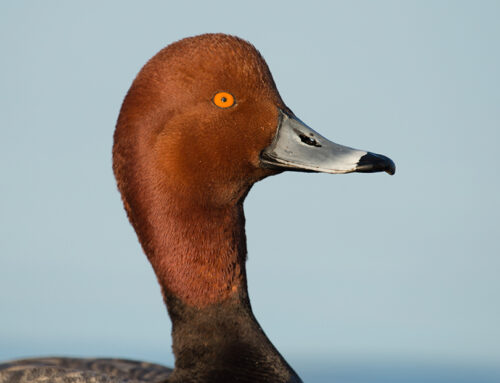
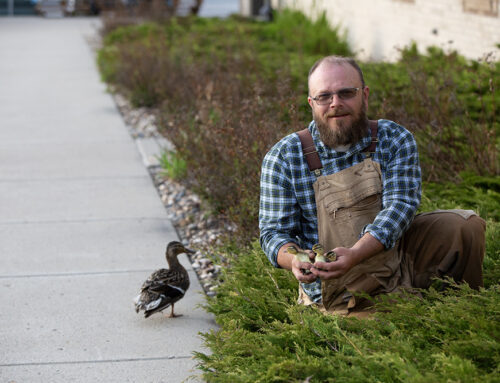
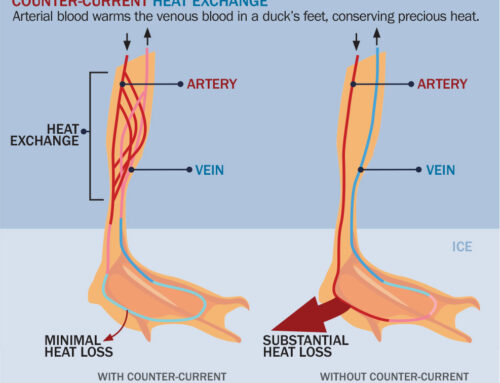
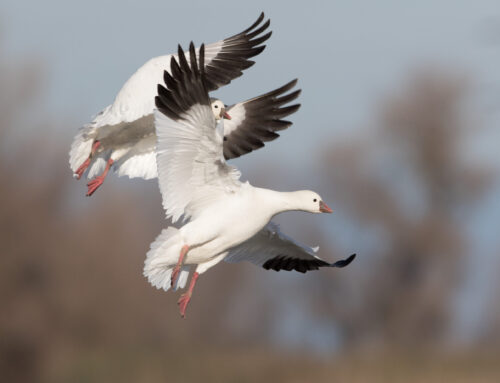
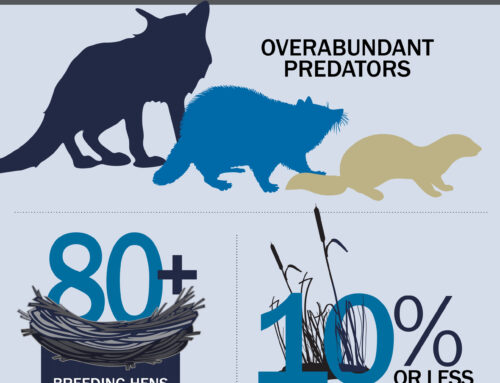
i think instead of watching all of these nests get raided/destroyed, you should be setting traps, etc to prevent this from happening. pretty sure duck population is more important than coons, minks and crows..
Hi Luke, I worked on this project as one of Mr. Johnson’s technicians. Part of the study was also trapping predators, and included some trapped areas and non trapped areas (control) to compare its effectiveness. The camera aspect was highlighted in this article because it had never been done to that extent, and provided us with a lot of new and interesting insight as to what happens at a nest between our brief monitoring visits.
Luke, instead of typing that comment you should have set a trap. Maybe you would have had a coon by now and you could have made a coon-skin-cap to cover that head that apparently doesn’t have a brain!
Luke,
Thanks for your comment. The nest monitoring work we’re doing with trail cameras in Manitoba is part of Delta’s Predator Management Research. Delta is, in fact, trapping predators to give nesting ducks a better chance to hatch eggs and put more ducks into the fall flight. — Paul Wait
Luke,
Knowing which predator is targeting the nest helps when trapping. The traps for mink are completely different than those for fox, coyote, raccoon, etc.
Setting traps for everything is a waste of time & resources.
It’s all very well setting traps but you first need to know what your trapping to get any real success
I am surprised skunks are not on the list. Maybe there is none up in that country but down here in California they are no good nest robbing SOB’s.
I personally have a continual skunk and coon Jihaad going!!
Here on the Palmer Hay Flats in Alaska, the sea-gull is the main culprit. And of course in the mismanagement philosophy of Bio-diversity, the marauding garbage dump and fast food joint gulls are just as precious as our valued waterfowl. So the fish and game commission does squat about it. They spread disease to the marsh also.